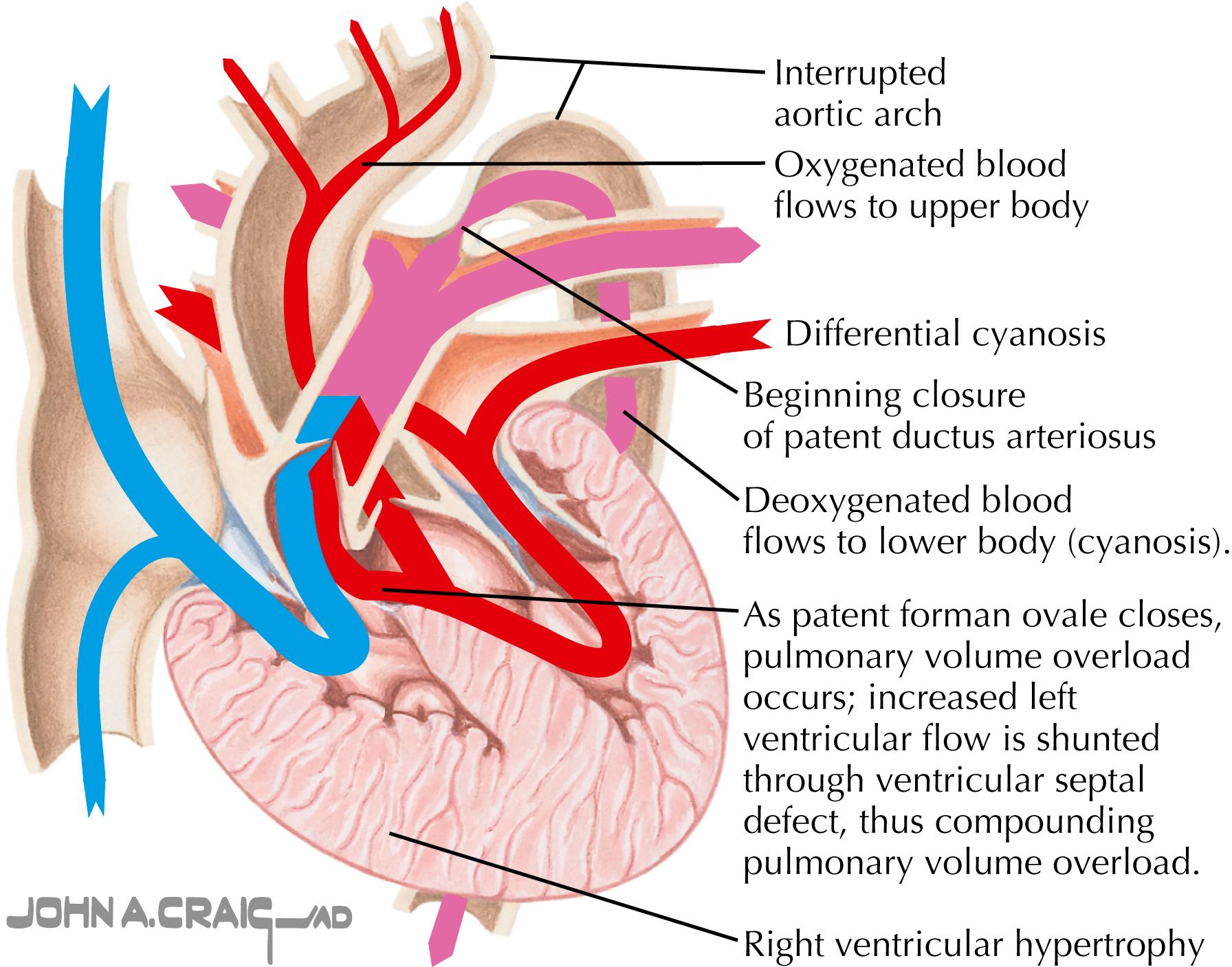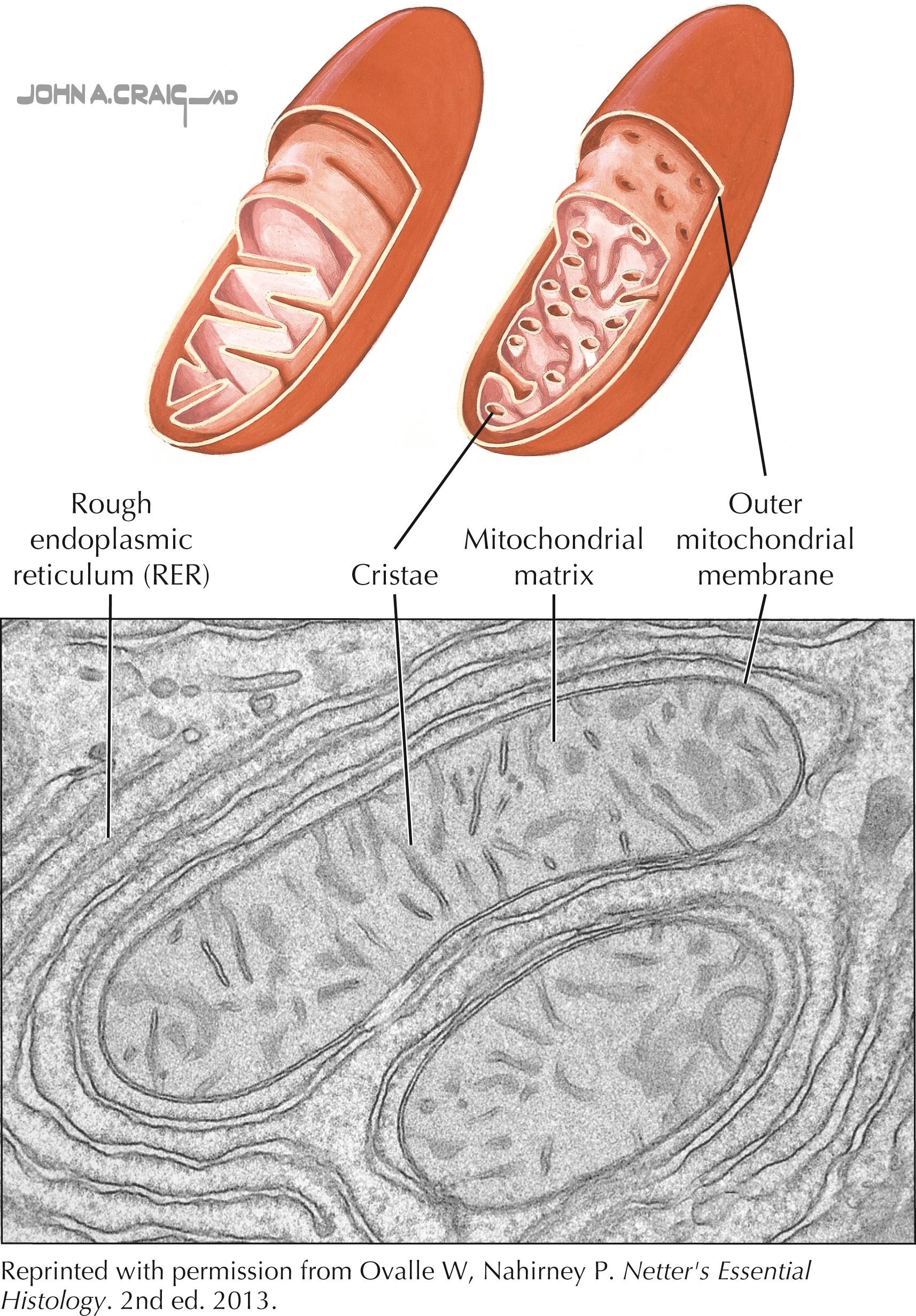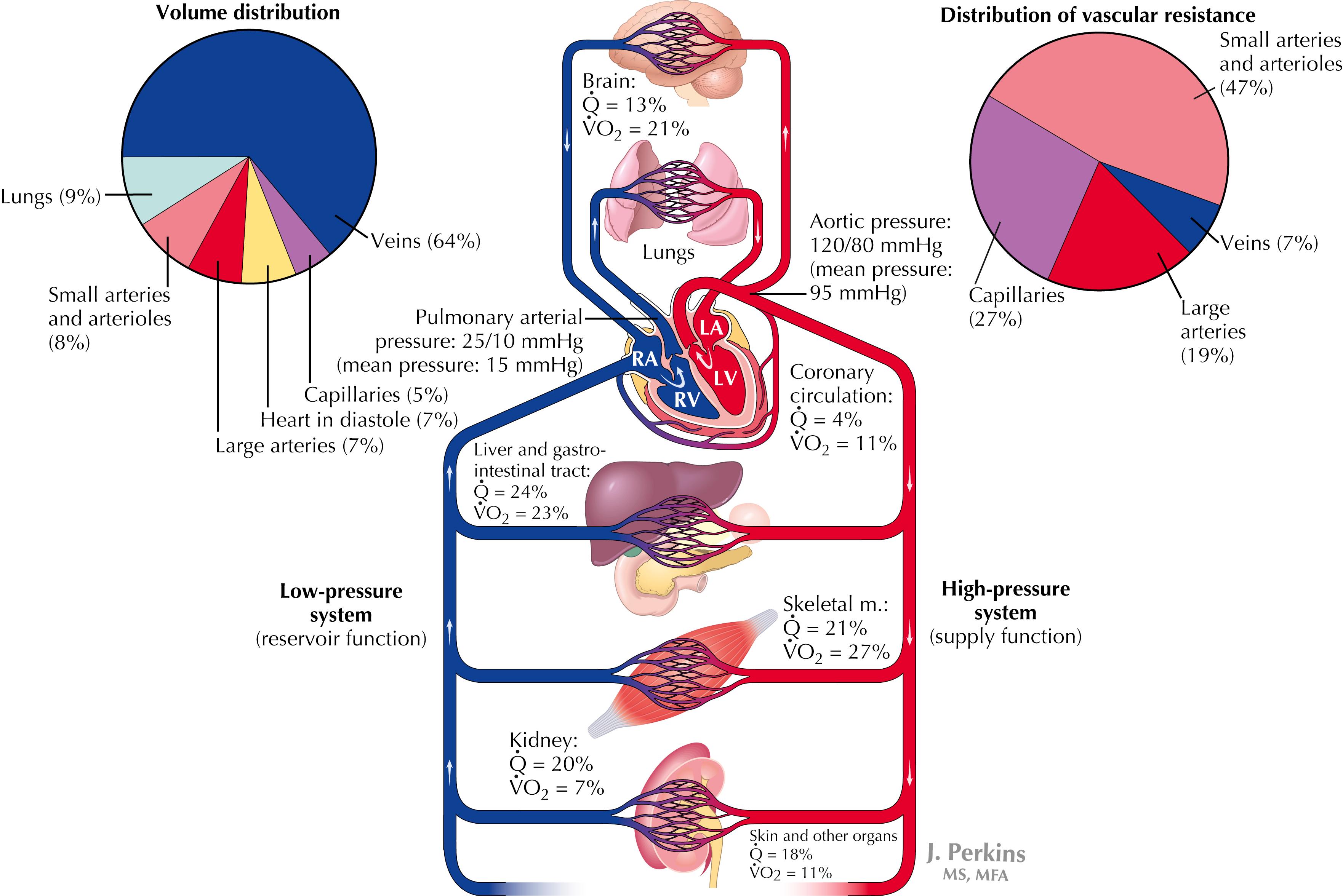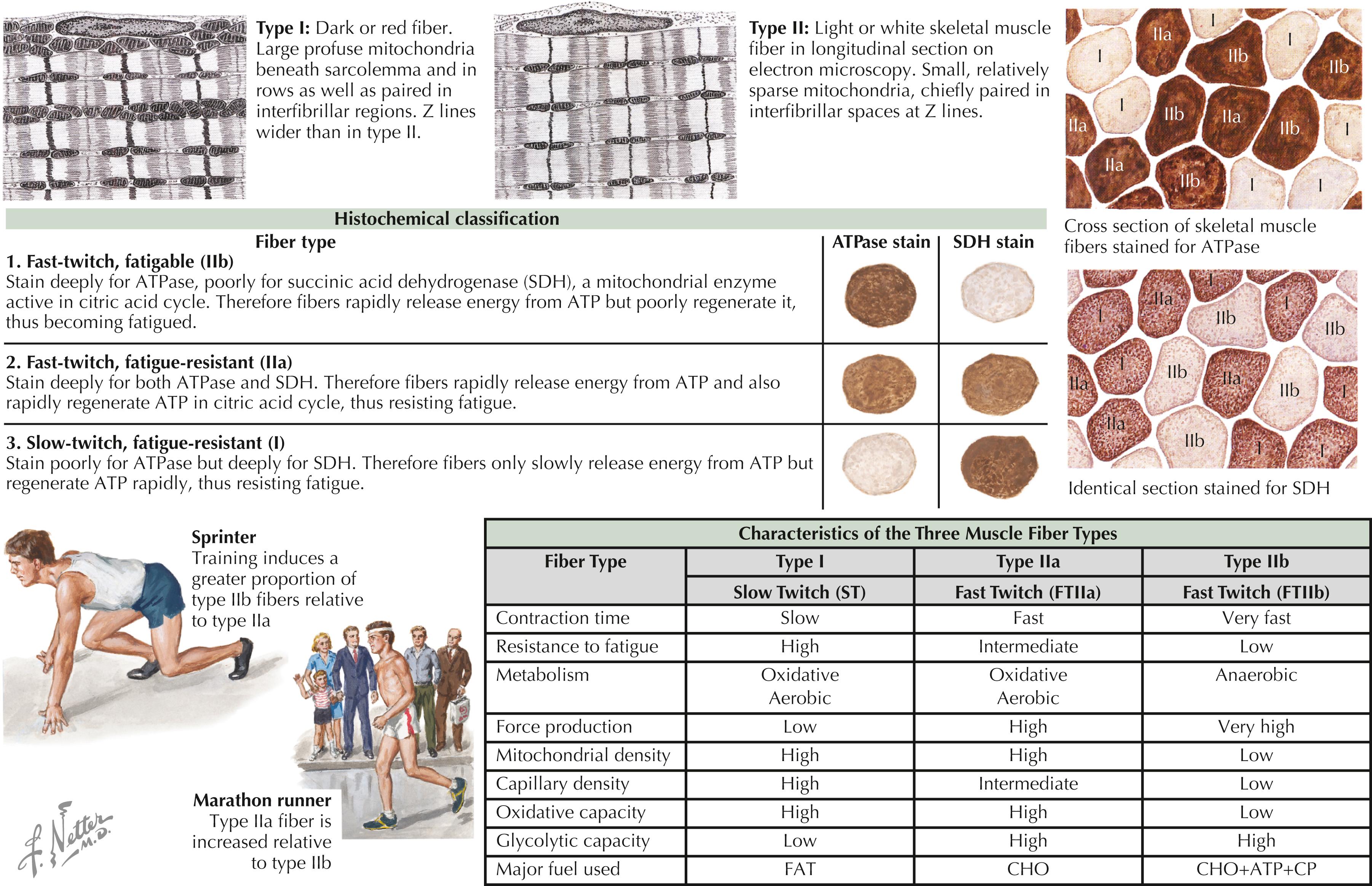Physical Address
304 North Cardinal St.
Dorchester Center, MA 02124
In the early days of sporting events, coaches and athletes learned through trial and error that they could not simultaneously develop maximal endurance and maximal power. They found that by first establishing an aerobic endurance base and later adding faster training, they could peak at appropriate times.
It was not until the 1960s that the study of exercise as a science became widespread, and gradual changes in training methods occurred in the 1970s. By the 1980s, exercise science grew by quantum leaps, and the explosion in scientific information continued even during the 1990s. Now, we can use evidence gleaned from studies involving top cyclists, runners, swimmers, rowers, and triathletes to better understand which physiologic components can be pushed to allow performance at a higher and more economic aerobic potential than ever thought possible.
Aerobic physical fitness is measured in two basic components: cardiorespiratory adaptations (central) and muscle metabolic adaptations (local).
Elite endurance athletes have excellent values for these two physiologic traits; however, this is not true for recreational athletes. A very high measure of maximal cardiorespiratory capacity may be a genetic phenomenon that only few individuals possess, but muscle metabolic adaptations can be significantly improved with appropriate training techniques ( Fig. 18.1 ; see also Fig. 18.3 ).


Skeletal muscles possess a very high demand for oxygen during exercise.
Both the cardiovascular and respiratory systems must work together to achieve the delivery of oxygen to muscles.
This cardiorespiratory response to exercise reflects central adaptations to exercise. However, other elements in muscles are crucial for athletic performance.
Once oxygen is delivered to muscles, it must be appropriately utilized.
Moreover, muscles must synthesize adenosine triphosphate (ATP) to produce muscle contraction and function. ATP is synthesized from carbohydrates (carbon–hydrogen–oxygen [CHO]), fats, and proteins in the mitochondria.
Muscle metabolism during exercise elicits different byproducts, such as lactate, that need to be efficiently metabolized; these metabolic responses in skeletal muscles represent local adaptations to exercise.
Over the past decade, there has been substantial research regarding and improvement in understanding muscle metabolism, and local adaptations during exercise may be most important when it comes to athletic performance.
The cardiovascular system has central and peripheral components ( Fig. 18.2 ):
Central components include heart rate (HR), stroke volume (SV), and cardiac output (CO = HR × SV).
Peripheral components
Arterial–mixed venous oxygen difference (a −
difference).
Ability of tissues to extract and use oxygen for ATP resynthesis is another primary component of the cardiovascular system during physical activity.

Maximal oxygen consumption (
max)
max is the maximum capacity that the body has to transport and use oxygen during exercise, and it represents cardiorespiratory adaptations to exercise, as well as the aerobic capacity of an individual.
max measurement is considered the “gold standard” for aerobic capacity in athletes.
In general, it is expressed in milliliters of O 2 consumed per kilogram of body mass per minute (mL/kg/min) and may also be expressed in liters per minute (L/min).
French chemist Antoine Lavoisier measured the first oxygen consumption in humans in 1873. Ever since then,
max measurement has been of great interest by physiologists and considered the “gold standard” for aerobic capacity in athletes.
Largely determined by genetics and is limited by certain structural components such as heart size, SV, and lung capacity.
Because oxygen is used by mitochondria, a direct relationship exists between mitochondrial capacity and mitochondrial oxidative enzymes, which are part of local components of an athlete’s physiology.
Although considerable attention has been paid to
max over the years, more recent knowledge and insights in muscle metabolism indicate that
max is a poor indicator of performance, particularly in competitive athletes.
In addition, it has been documented that numerous elite athletes greatly improve their performances throughout their careers without improving their
max.
It is well documented that local changes at the metabolic level in skeletal muscles are largely responsible and are crucial for improving athletic performance.
The ability of humans to exercise ultimately depends on the ability to transform chemical energy into mechanical energy, which ultimately takes place in the mitochondria of skeletal muscles. Thus, mitochondria ( Fig. 18.3 ) are one of the most important players in skeletal muscle metabolism and athletic performance.
Fats, CHOs, and proteins are oxidized in mitochondria for ATP synthesis. At very high rates of cellular glycolytic flux and under anaerobic conditions, glucose is oxidized into cytosol, synthesizing two ATPs and producing lactate.
Moreover, characteristics of skeletal muscle fibers play a vital role in muscle metabolism, substrate utilization, and ATP synthesis.
Skeletal muscle is composed of three kinds of muscle fibers:
Slow twitch/red/oxidative muscle fibers, also called type I
Fast twitch/white/glycolytic muscle fibers, also called type II, that are divided in two subgroups called types IIa and IIb
Muscle fiber contraction obeys a sequential recruitment pattern related to exercise intensity, wherein type I muscle fibers are the first to be recruited at lower intensities.
As exercise intensity increases, type IIa and finally type IIb fibers are recruited.
Each muscle fiber has different biochemical properties and thus different metabolic behaviors during exercise ( Fig. 18.4 ).

Small motor neuron and fiber diameter, high mitochondrial and capillary density, and high content of myoglobin and oxidative enzymes.
Possess a high capacity to oxidize free fatty tissue from subcutaneous adipose tissue and from intramuscular triglycerides.
Although they have the slowest contraction time and force production of all fibers, they have the highest resistance to fatigue.
Type I muscle fibers are mainly contracted during endurance events.
Possess a larger motor neuron and fiber diameter, high glycolytic capacity, and a good or intermediate oxidative capacity, although not as much as type I muscle fibers do.
Mitochondrial density and fat oxidation capacity are lower than that of type I muscle fibers.
Have a higher content of glycogen and glycolytic enzymes; thus, glucose oxidation is higher.
Contraction time is longer and resistance to fatigue is lower than that of type I muscle fibers.
Because most competitions are performed at high intensities, in the glycolytic state, type IIa muscle fibers play an important role in most athletes, including endurance athletes.
Also called fast glycolytic or fast white.
Have the fastest contraction time and greatest force among all fibers.
Mitochondrial density is very low, and most ATP synthesis in these fibers comes from anaerobic glycolysis and from stored ATP and phosphocreatine (PC), which binds to adenosine diphosphate (ADP) hydrolyzed from ATP to regenerate ATP.
Type IIb muscle fibers are pure anaerobic fibers and are extremely crucial in athletic events of very short duration and high intensity, such as sprinting a 400-m race.
ATP synthesis is generated by anaerobic and aerobic metabolism, primarily from fats and CHOs, with some contribution from amino acids derived from proteins.
Fat is primarily stored in adipose tissue but is also stored in small amounts in skeletal muscles.
CHOs are stored in the form of glycogen in skeletal muscles (approximately 80%) and in the liver (approximately 15%).
Exercise intensity, physiologic stress, and muscle fiber recruitment patterns dictate the energy system and the substrates utilized.
Mitochondria (singular: mitochondrion) are the key cellular organelles necessary for exercise bioenergetics. Mitochondria are found in eukaryotic organisms and are the “powerhouses of cells” where CHOs, fat, and protein are oxidized for ATP generation. Skeletal muscle is one of the tissues in the body with the highest mitochondria due to the high metabolic activity of skeletal muscle. Mitochondrial function is key for metabolic health. People suffering from metabolic syndrome, as well as prediabetes and type 2 diabetes, are characterized by mitochondrial dysfunction, which is a key hallmark of the pathogenesis of these diseases. Furthermore, mitochondrial dysfunction has also been implicated in other diseases such as Alzheimer disease and cancer.
The vast majority of CHOs (∼80%) after a meal are oxidized in skeletal muscles, mainly in the mitochondria. Therefore, mitochondrial dysfunction will pose significant challenges to metabolizing CHOs and fats correctly, leading to a term called metabolic inflexibility. In the long term, the difficulty metabolizing CHOs and fats in skeletal muscle mitochondria during rest will lead to severe metabolic complications, giving rise to diseases like type 2 diabetes. Regular exercise is the only known mechanism to stimulate and maintain proper mitochondrial function.
Fats or lipids are the preferred energy source during endurance exercise.
Most utilization occurs in type I muscle fibers.
Highly orchestrated process, which starts with adipose tissue and ends with mitochondria in skeletal muscles.
Fat stored in adipose tissue is broken down by lipolysis into free fatty acids (FFAs), which must subsequently travel through the blood to skeletal muscles.
Once in the skeletal muscles, FFAs are attached to coenzyme A (CoA) to form fatty acyl-CoA, which is then transported across the outer mitochondrial membrane by carnitine–palmitoyl transferase I (CPT-I) and finally transported to the mitochondrial matrix by carnitine.
Once inside the mitochondrial matrix, FFAs undergo β-oxidation where fatty acyl-CoA is degraded to acetyl-CoA, which can then enter the citric acid cycle for ATP synthesis.
Moreover, skeletal muscle cytoplasm stores some fat called intramuscular triglycerides (IMTGs), which are stored close to the mitochondria and can contribute to energy generation. Based on the level of physical condition, IMTGs can contribute up to 15%–30% of all fat oxidation through exercise.
The advantage of fat metabolism is that fat stores are unlimited, and even the leanest individual will never run out of fat stores.
Therefore, fat is the preferred substrate for endurance activity during lower-intensity exercises.
However, as exercise intensity increases, ATP must be synthesized faster, and fat cannot be oxidized fast enough to meet high ATP demands. At this point, the body starts utilizing a faster type of substrate: CHOs.
Become a Clinical Tree membership for Full access and enjoy Unlimited articles
If you are a member. Log in here